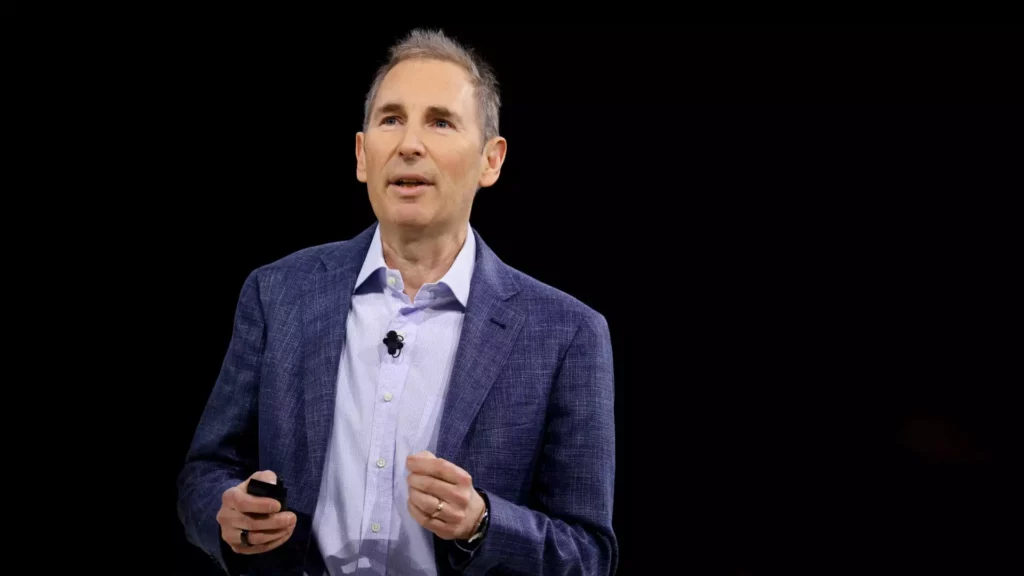Amazon’s embrace of artificial intelligence and automation is often presented as a narrative of innovation and opportunity, yet beneath the surface lies a far more complex and unsettling reality. CEO Andy Jassy’s candid admission that generative AI will reduce headcount signals a seismic shift in the traditional employment model, with over 27,000 layoffs since 2022 substantiating this transformation. While the official stance emphasizes job liberation from mundane tasks and a pivot toward higher-skilled roles, this ostensibly optimistic portrayal glosses over the harsh truth: a significant portion of the workforce faces an uncertain future, lacking the skills or opportunities to transition smoothly.
The notion that AI merely ‘liberates’ employees to focus on creative problem-solving is, frankly, a convenient oversimplification. It hinges on ideal conditions—robust retraining programs, dynamic talent pipelines, and structural support—that few corporations, including Amazon, are currently positioned to deliver at scale. The risk is clear: a bifurcated workforce where a tech-savvy elite thrives, while displaced workers struggle to find meaningful employment.
The Cold Calculus of Corporate Efficiency
Amazon’s strategy exemplifies a ruthless drive for efficiency under the guise of progress. The company’s reorganization towards leaner human staffing supported by robotics and AI-driven operations is not unique. Salesforce, Microsoft, Klarna, and Shopify similarly report substantial headcount reductions enabled or accelerated by AI. For investors and executives, this looks like a logical evolution—cut costs, boost productivity, and pivot to future technologies.
Yet this approach neglects a crucial societal dimension. The displacement of workers—many in roles that by nature cannot be immediately replaced by an AI-literate employee—raises pressing questions about economic mobility and wage stagnation. The promise of new jobs is often kept deliberately vague, resembling the “trickle-down” economic theories of previous decades: trust that benefits will eventually reach all layers. History has shown that without deliberate, often government-led intervention, such benefits rarely trickle down equitably.
Investor Skepticism Mirrors Societal Ambivalence
Amazon’s stock performance this year, lagging behind tech peers like Meta, Microsoft, and Nvidia, perhaps reflects market uncertainty about the firm’s long-term innovation trajectory and workforce strategy. Investors seem wary as they watch the costly and complex process of integrating AI unfold, with an ambiguous impact on revenue growth and operational stability.
This hesitancy mirrors a broader societal unease surrounding automation. There is an implicit tension between applauding the promise of technological progress and fearing its ramifications for job security and income inequality. While AI theoretically augments human capability, its practical implementation risks becoming a wedge, driving divides between those who can adapt and those left behind.
Upskilling: A Half-Measured Solution
Jassy and many industry leaders tout upskilling as the panacea for displacement. Yet current evidence suggests that corporate commitments to retraining rarely match the scale or urgency required. When 30% to 50% of workloads at companies like Salesforce are performed by AI, and entire headcounts are slashed, the speed and magnitude of workforce transformation can outpace re-education efforts.
The optimistic vision of AI-enabled job enrichment is one that federal policy makers and corporations alike must take seriously—investing in accessible training programs, incentivizing mobility, and reimagining the social safety net to manage this technological transition. Without such measures, the supposed “creative freedom” AI offers is reduced to a privilege for a lucky minority rather than a universal gain.
The Inevitability—and Danger—of Technological Disruption
The march of AI within Amazon and the tech sector at large is inexorable. Resistance to automation is neither practical nor productive for businesses intent on competing in a global economy increasingly ruled by digital prowess. However, recklessly pursuing efficiency without fostering social cohesion or workforce welfare is a recipe for divisiveness rather than shared prosperity.
This is not a call for technophobia or halting innovation but rather a demand for responsible stewardship. Corporate leaders and policymakers must confront the inconvenient reality that technology alone does not uplift—it restructures power and opportunity in ways that require deliberately designed safeguards.
Why Center-Right Liberalism Demands A Balanced Approach
From a center-right liberal perspective, the Amazon AI transition encapsulates both promise and peril. The emphasis on individual responsibility, innovation, and market efficiency aligns with embracing AI-driven productivity gains. However, this philosophy also calls for pragmatic, realistic support mechanisms to ensure that free enterprise delivers broadly shared outcomes.
Markets function optimally when participants are empowered to adapt and thrive; this demands investments in human capital and a measured recalibration of social institutions to absorb technological shocks. Overly optimistic techno-enthusiasm risks ignoring the lived realities of millions facing displacement. Conversely, heavy-handed intervention could stifle innovation. The center-right approach must navigate this delicate balance, advocating for scalable, market-friendly retraining programs, fostering private-public partnerships, and preserving incentives for entrepreneurship—all while resisting the allure of unchecked automation that leaves workers behind.
A Future Fraught with Uncertainties, Not Guarantees
The evolving story of AI at Amazon is emblematic of a grander narrative unfolding across industries: AI is as much a disruptor as a catalyst. While the tools promise to elevate human potential, the transitional period poses acute challenges in employment patterns and economic equity. Celebrating AI’s capacity to augment productivity is warranted, but ignoring or underestimating its social costs would be a grave mistake.
Only with clear-eyed realism, political will, and corporate accountability can the benefits of AI be harnessed in ways that honor both innovation and inclusiveness. Amazon’s experience is a cautionary tale underscoring that progress without preparation risks devolving into disruption without opportunity.









Leave a Reply